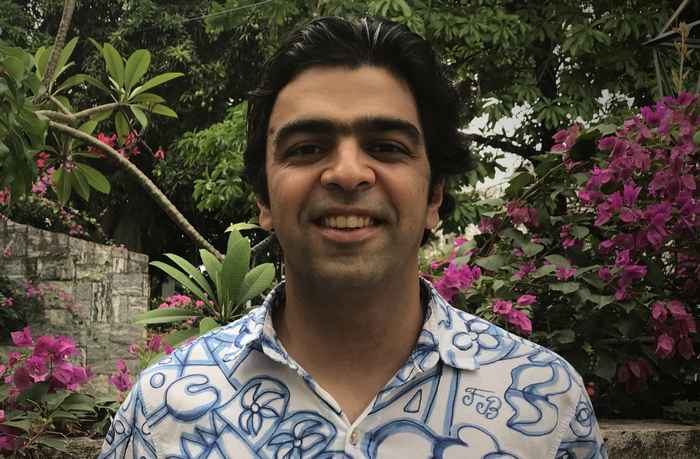Fernando Nóbrega Santos (Feb 2021 - Dec 2022)
Research Associate, Department of Anatomy and Neuroscience, Amsterdam UMC

My research
I am a theoretical physicist and applied mathematician by training. In my current research, I apply methods of topology, geometry, statistical mechanics, and topological data analysis (TDA) to complex systems and neuroscience. I was trained at the Federal University of Pernambuco (Brazil), studying the topological aspects of phase transitions in classical Hamiltonian systems. Later, I spent one year as a visiting fellow at the Oxford University Wolfson Center for Mathematical Biology, researching theoretical methods for stochastic biochemical reactions. Since 2019, I work as Research Associate at the MULTINET lab of the VUmc Department of Anatomy and Neurosciences in Amsterdam, where we study brain networks under a multimodality and multilayer perspective.
My fellowship
At IAS, I will leverage my expertise in topological data analysis to advance scientific insights on high-order interactions in brain networks, together with the expertise of IAS scholars in multivariate information theory. Network theory is predominantly based on dyadic relationships between nodes, which is not a realistic approximation for most complex systems. In particular, it does not accurately capture nondyadic interactions in the brain. This explains why, despite recent successes in brain networks research, the connection between brain networks and behavioral traits is not well-understood. Pushing the boundaries of network science beyond pairwise interactions by including high-order metrics in brain network analysis is an exciting, ambitious route for this quest.
Such innovations in complex systems research will also have clinical neuroscience applications: In particular, we are eager to use this novel methodology on brain networks across different imaging modalities (MRI, EEG/MEG) and diseases (primary glioma and multiple sclerosis), in order to correlate high-order network properties with patients' clinical behavioral characteristics.